In the Fig. 2E.86 (a) shown a constant force Fis applied on lower block just large enough to make this block sliding outi from between the upper block and the table. Determine the force F at this instant and acceleration of each block. Take g=10m/s2.
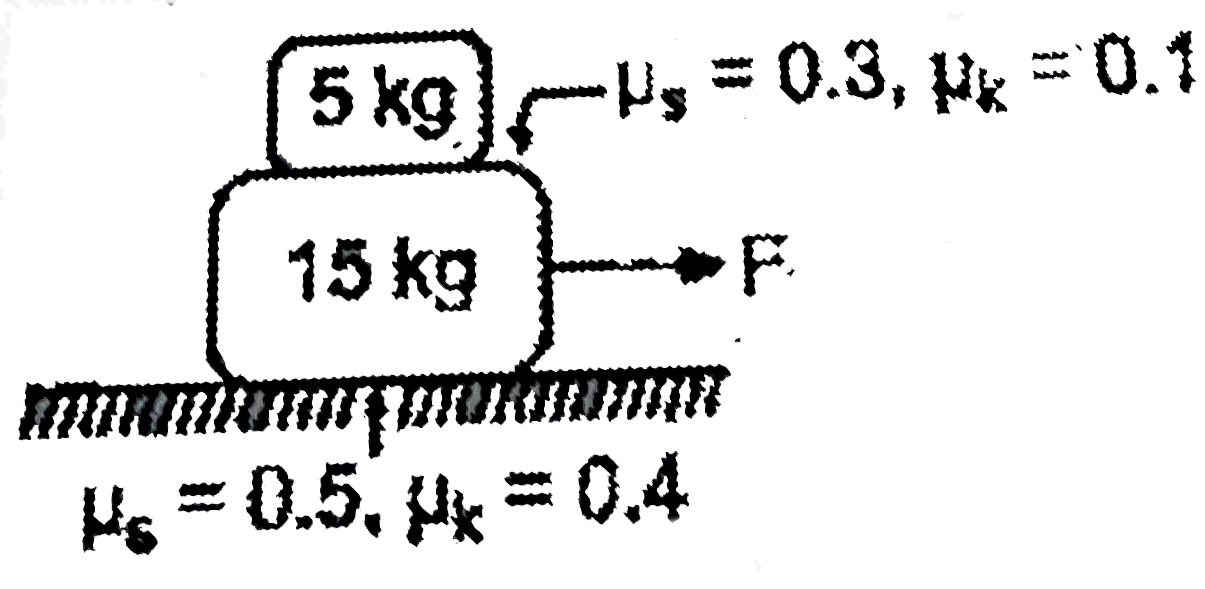
Step by step video & image solution for In the Fig. 2E.86 (a) shown a constant force Fis applied on lower block just large enough to make this block sliding outi from between the upper block and the table. Determine the force F at this instant and acceleration of each block. Take g=10 m//s^(2). by Physics experts to help you in doubts & scoring excellent marks in Class 11 exams.
Topper's Solved these Questions
- BOOK - ANURAG MISHRACHAPTER - FORCE ANALYSISEXERCISE - level 1103videos
FORCE ANALYSIS
- BOOK - ANURAG MISHRACHAPTER - FORCE ANALYSISEXERCISE - Level-273videos
FORCE ANALYSIS
- BOOK - ANURAG MISHRACHAPTER - FORCE ANALYSISEXERCISE - Matching type13videos
FORCE ANALYSIS
- BOOK - ANURAG MISHRACHAPTER - DESCRIPTION OF MOTIONEXERCISE - Level-334videos
DESCRIPTION OF MOTION
- BOOK - ANURAG MISHRACHAPTER - IMPULSE AND MOMENTUMEXERCISE - matching3videos
IMPULSE AND MOMENTUM
Similar Questions
In the Fig. 7.85 shown a constant force is applied on the lower block , just large sliding out from between the upper block and the table . Determine the acceleration of each block .
 View Solution
View SolutionTwo blocks A(mA=5kg) and B(mB=15kg) are placed as shown in Fig A variable force F=200 starts actsing from time t=0 on lower bolck B just large anough to Determine the force F to make block B sliding out from between the blocks A and the ground at this instant , plot a graph between acceleration of both the blocks and time
 View Solution
View Solution
Knowledge Check
- Question 1 - Select One
A force of 100N is applied on a block of mass 3 kg as shown in the figure-2.164. The coefficient of friction between the surface and the block is 0.25.The frictional force acting on the block is: (Take g=10ms2)
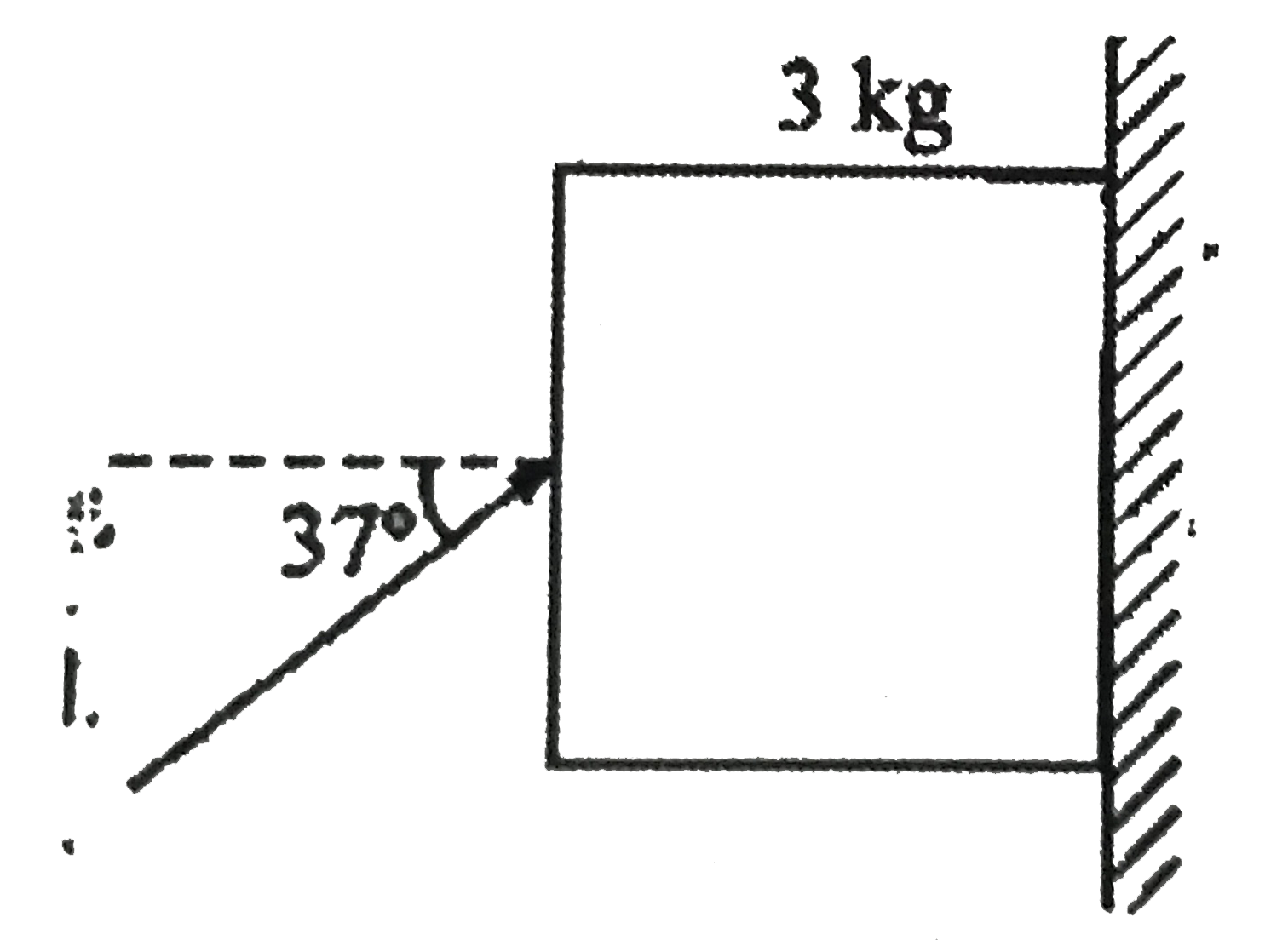 A15 N downwardsB25 N upwardsC20 N downwardsD30 N upwards
A15 N downwardsB25 N upwardsC20 N downwardsD30 N upwards - Question 2 - Select One
Two blocks of masses M = 3 kg and m = 2 kg are in contact on a horizontal table. A constant horizontal force F = 5 N is applied to block M as shown. There is a constant frictional force of 2 N between the table and the block m but no frictional force between the table and the first block M, then acceleration of the two blocks is
 A0.4ms−2B0.6ms−2C0.8ms−2D1ms−2
A0.4ms−2B0.6ms−2C0.8ms−2D1ms−2
Top view of a block on a table is shown (g=10m/s2)
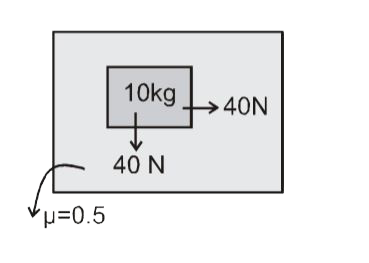
Find out the acceleration of the block.View SolutionA force of 200N is applied as shown in the figure on block of 3 kg. The coefficient of friction between the block and the wall is 0.3. Find the friction acting on the block. (in N) {Take g = 10 m/s2
 View Solution
View SolutionThe fricition coefficient between the table and block shown in fig. is 0.2 find the acceleration of the system (Take g=10m/s2)
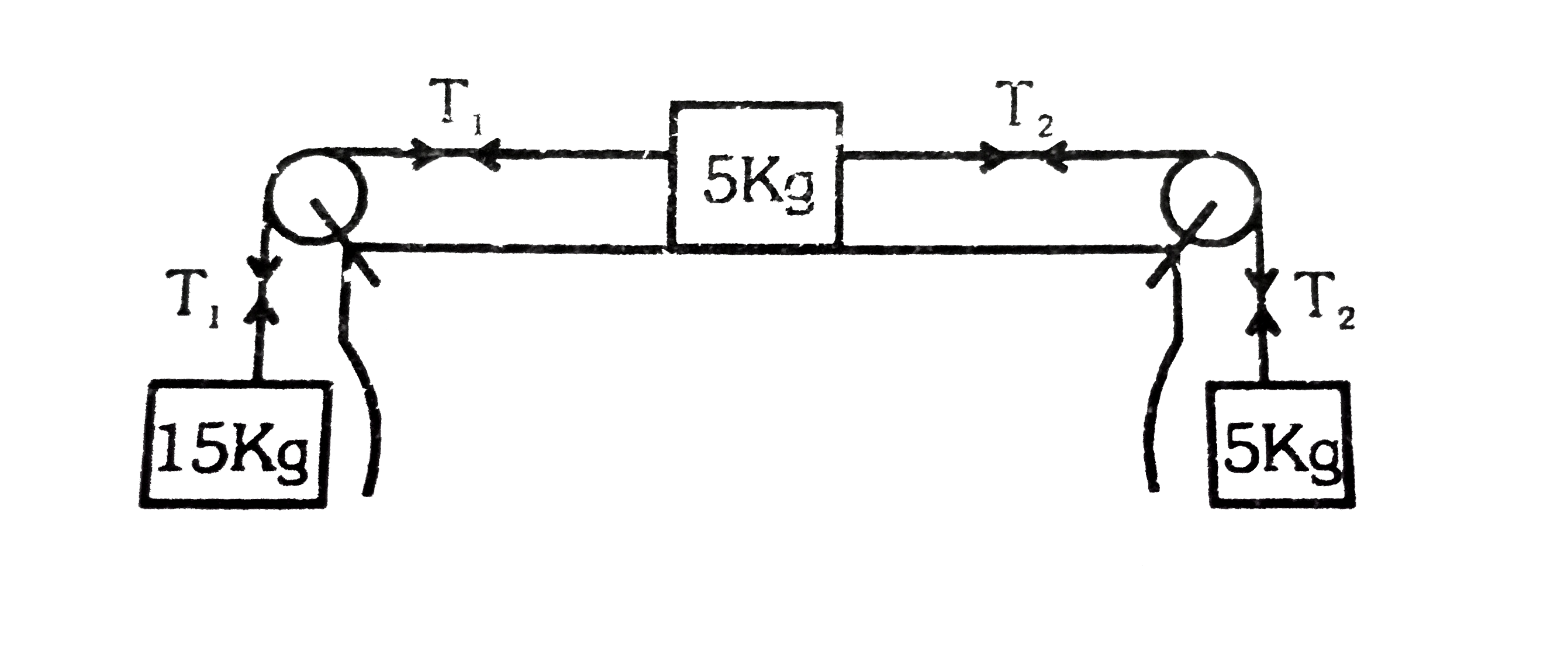 View Solution
View SolutionA constant force F=m2g/2 is applied on the block of mass m1 as shown in fig. The string and the pulley are light and the surface of the table is smooth. The acceleration of m1 is :
 View Solution
View SolutionA constant force F=m_2g/sisappliedontheblockofmassm_1asshown∈figure.Thestr∈gandthep≤––––yarelightandthesurfaceofthetab≤issm∞th.F∈dtheae≤rationofm_1
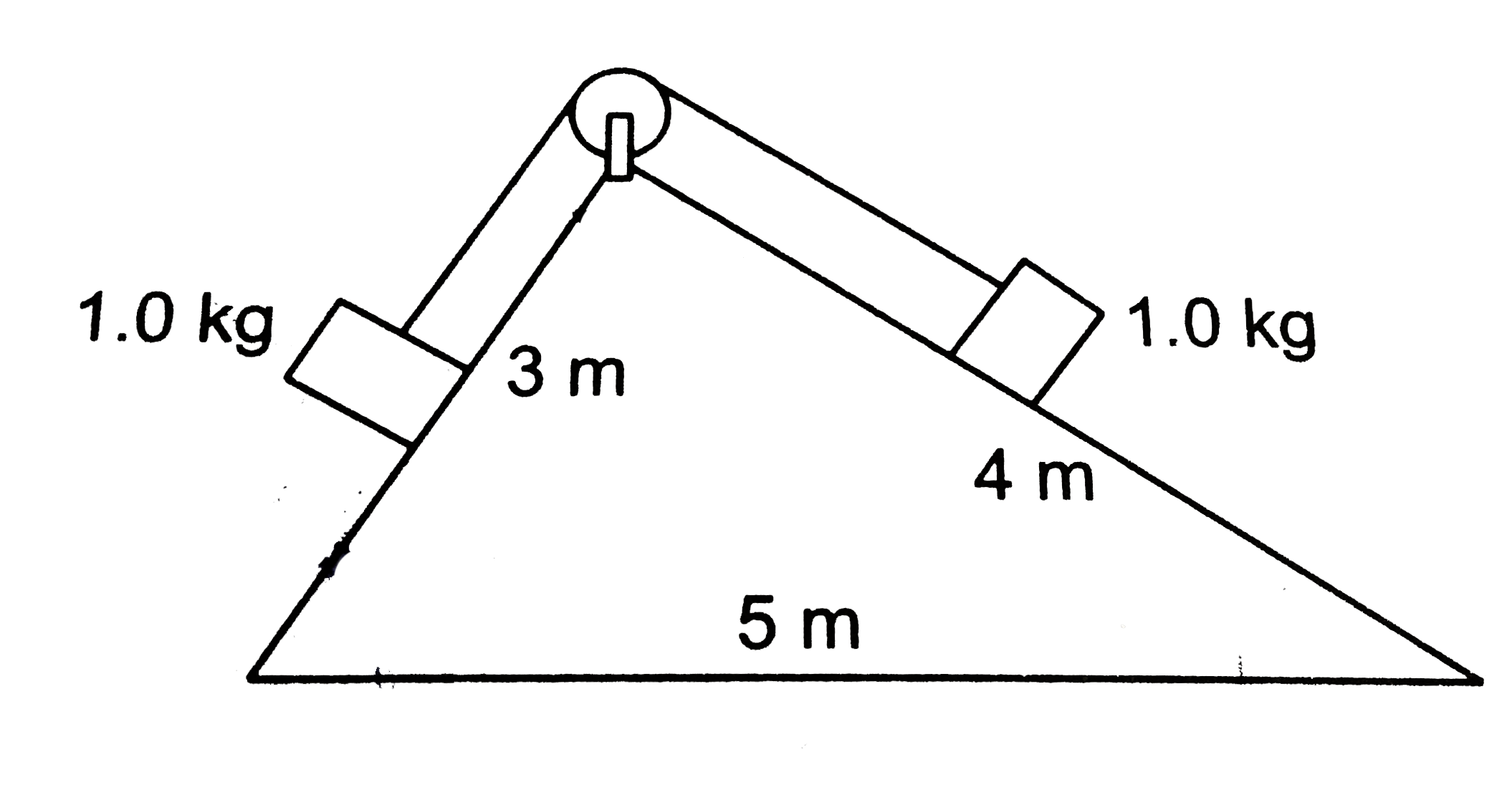 View Solution
View SolutionIn the figure shown, horizontal force F1 is applied on a block but the block does not slide. Then as the magnitude of vertical force F2 is increased from zero the block begins to slide, the correct statement is
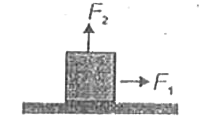 View Solution
View Solution

